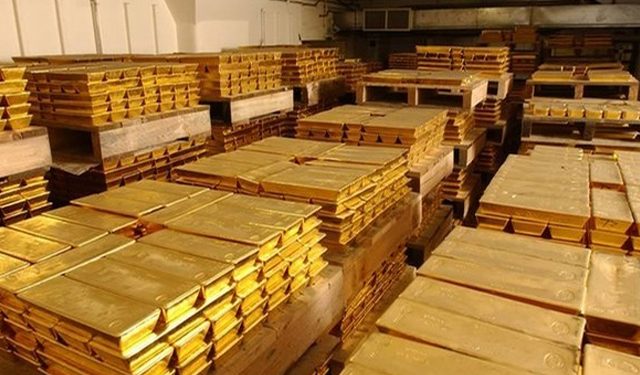|
Getting your Trinity Audio player ready...
|
About 40% of Ghana’s gold were directed to the United Arab Emirates (UAE), making it the top destination for the country’s gold exports.
Switzerland followed as the second-largest destination for Ghana’s gold exports, receiving 30.1%.
South Africa and India ranked third and fourth, accounting for 22.2% and 6.8% of Ghana’s gold exports, respectively.
Together, these four key destinations accounted for 99.2% of the country’s gold exports.
This data is sourced from the Ghana Statistical Service Quarterly Trade Newsletter for July to September 2024.
In addition, about a third of Ghana’s mineral and oil exports were sent to China, making up 29.8%, while nearly a quarter of the cocoa exports went to the Netherlands, at 22.2%.
Vietnam was the primary destination for vegetable products, with 17%, and Burkina Faso received 55.9% of Ghana’s iron and steel exports.
For five out of the ten product classifications, China was the leading country of origin.
However, for mineral fuels and oils, the United Kingdom was the top source, closely followed by the UAE.
Vegetable products were primarily imported from Burkina Faso.
Meanwhile, gold bullion, valued at GHS 46.5 billion, was the top export product in the third quarter of 2024, with a value more than four times that of the second-highest export, crude petroleum, which was valued at GHS 11.6 billion.
The report also revealed that cocoa paste ranked as the third-highest commodity, generating GHS 2 billion and contributing 2.7% to the total export value.
This was followed by manganese ores, which earned GHS 1.5 billion, accounting for 2% of the export value, and tuna, which earned GHS 0.6 billion, with a share of 0.9%.
Together, the top five export products—gold, crude petroleum, cocoa paste, manganese ores, and tuna—represented the largest portion of the country’s export value.
The export share of gold rose from 42.5% in the third quarter of 2023 to 62.1% in the third quarter of 2024. In contrast, the share of mineral fuels and oils has halved over the same period.
The share of cocoa beans and products also saw a slight decline, from 4.8% to 4.6%.
Meanwhile, economists have urged the government to implement policies focused on adding more value to the country’s export commodities.
Source: myghanadaily


